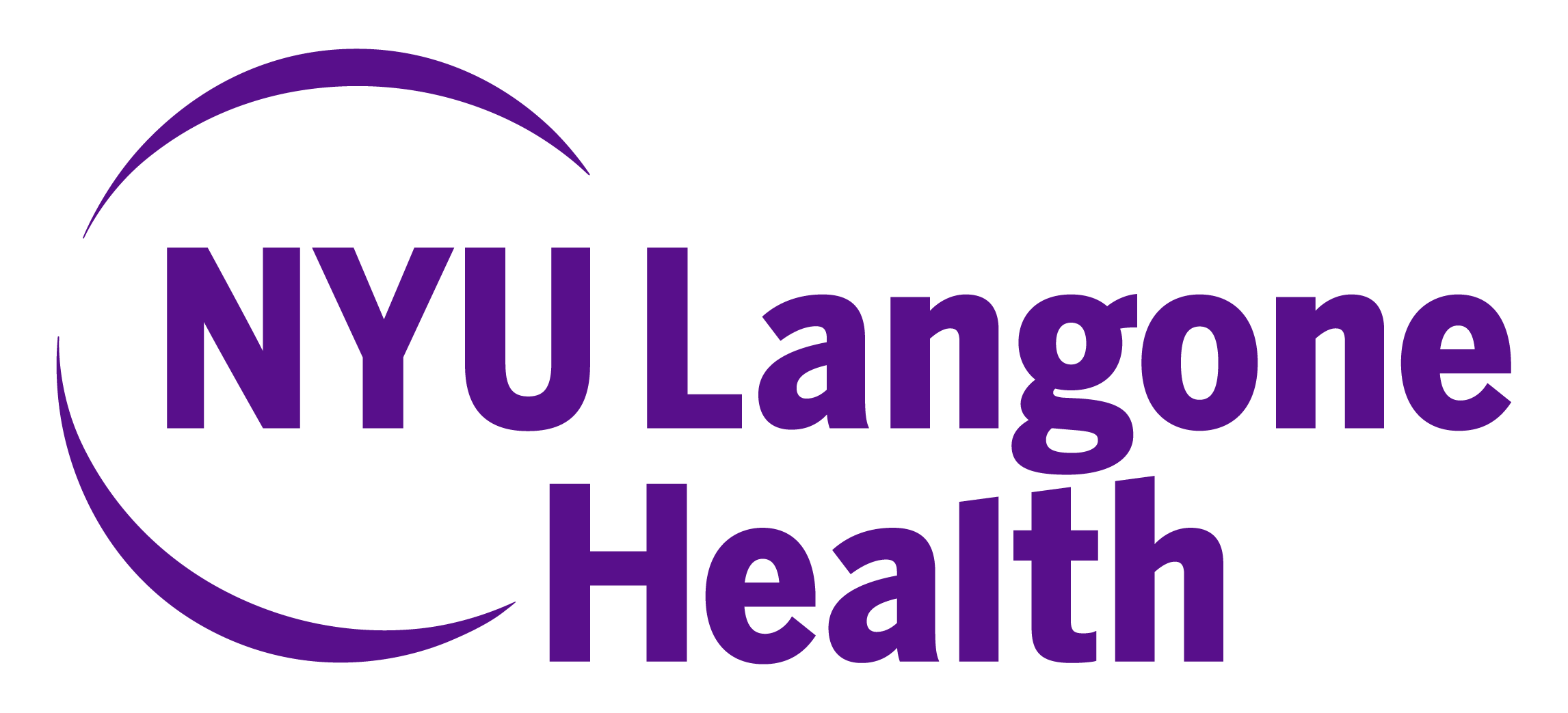- Advertise
- About OncLive
- Editorial Board
- MJH Life Sciences brands
- Contact Us
- Privacy
- Terms & Conditions
- Do Not Sell My Information
2 Clarke Drive
Suite 100
Cranbury, NJ 08512
© 2025 MJH Life Sciences™ and OncLive - Clinical Oncology News, Cancer Expert Insights. All rights reserved.
Dr Sabari on the Potential Role for Patritumab Deruxtecan in NSCLC
Joshua K. Sabari, MD, discusses the investigation of patritumab deruxtecan in EGFR-mutant non–small cell lung cancer.
Joshua K. Sabari, MD, assistant professor, Department of Medicine, New York University (NYU) Grossman School of Medicine, NYU Langone Health’s Perlmutter Cancer Center, discusses the ongoing evaluation of the HER3-directed antibody-drug conjugate (ADC) patritumab deruxtecan (HER3-DXd) in patients with EGFR-mutant non–small cell lung cancer (NSCLC).
HER3-DXd is an emerging ADC of interest for patients with EGFR-mutant lung cancer, particularly those who have progressed on third-generation EGFR TKIs, such as osimertinib (Tagrisso), Sabari begins. In December 2023, HER3-DXd was granted priority review status by the FDA for the treatment of patients with previously treated, locally advanced or metastatic EGFR-mutated NSCLC. The regulatory decision was based on data from the phase 2 HERTHENA-Lung01 trial (NCT04619004).
Initial results from the trial were presented during the IASLC 2023 World Conference on Lung Cancer, Sabari reports. HER3-DXd produced an overall response rate (ORR) of 29.8% (95% CI, 23.9%-36.2%) at a fixed dose of 5.6 mg/kg, as assessed by blinded independent central review. The median duration of response (DOR) with the agent was 6.4 months (95% CI, 4.9-7.8) and the median progression-free survival was 5.5 months (95% CI, 5.1-5.9).
Notably, both HER3-DXd and the HER2-targeted ADC fam-trastuzumab deruxtecan-nxki (Enhertu) have demonstrated activity in the central nervous system (CNS), Sabari emphasizes. In HERTHENA-Lung01, in a subset of patients with brain metastases at baseline and no prior radiotherapy exposure, HER3-DXd generated a 33.3% (95% CI, 17.3%-52.8%) intracranial ORR, as well as an intracranial DCR of 76.7% (95% CI, 57.7%-90.1%) and a median intracranial DOR of 8.4 months (95% CI, 5.8-9.2), he details. This intracranial activity is significant, and adds to the advantages of these large ADCs, Sabari adds.
Ongoing phase 1 studies are exploring the addition of HER3-DXd to osimertinib in the frontline NSCLC setting, which could change clinical practice in the future, Sabari states. HER3-DXdis also being compared with platinum-based chemotherapy in the phase 3 HERTHENA-Lung02 trial (NCT05338970) in patients with EGFR-mutated NSCLC who progressed after prior EGFR TKI therapy.
Overall, the ability of HER3-DXd to demonstrate both extracranial and intracranial activity makes it a promising candidate for further investigation in EGFR-mutant lung cancer, especially in patients with CNS involvement, he concludes.


